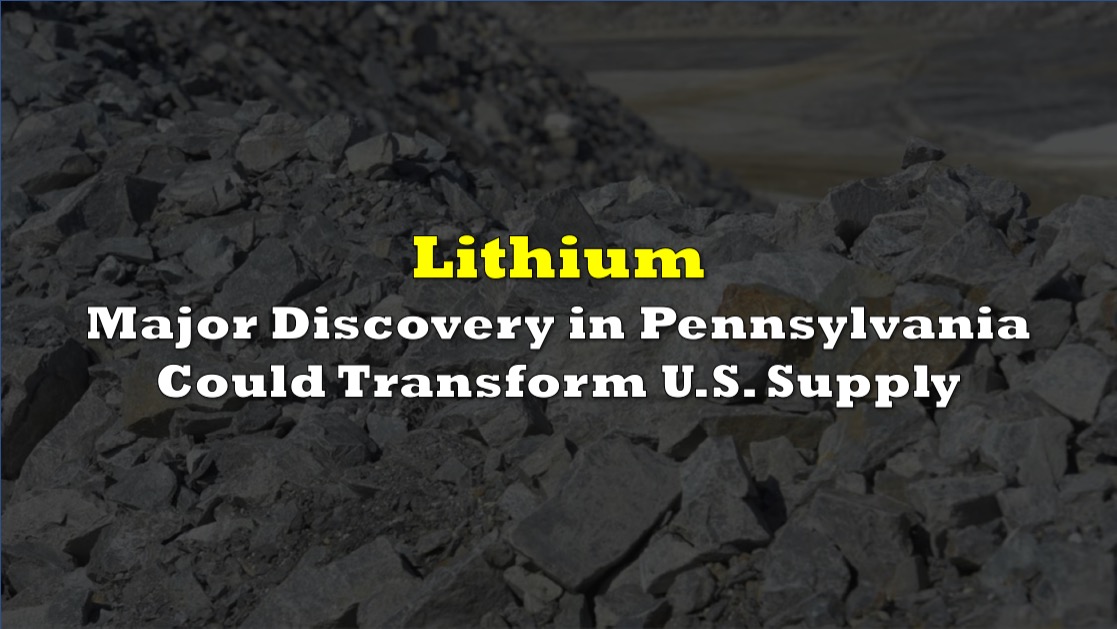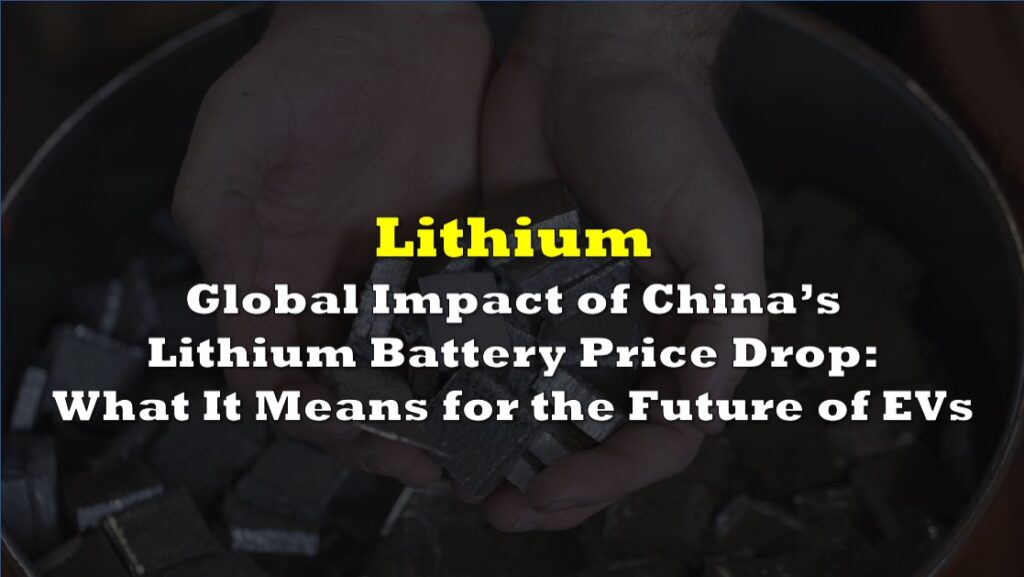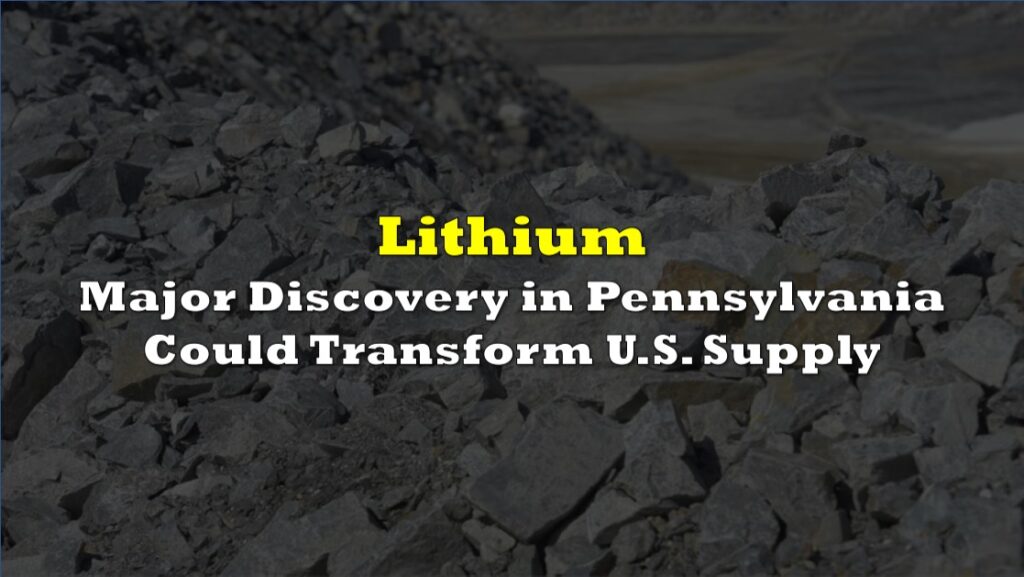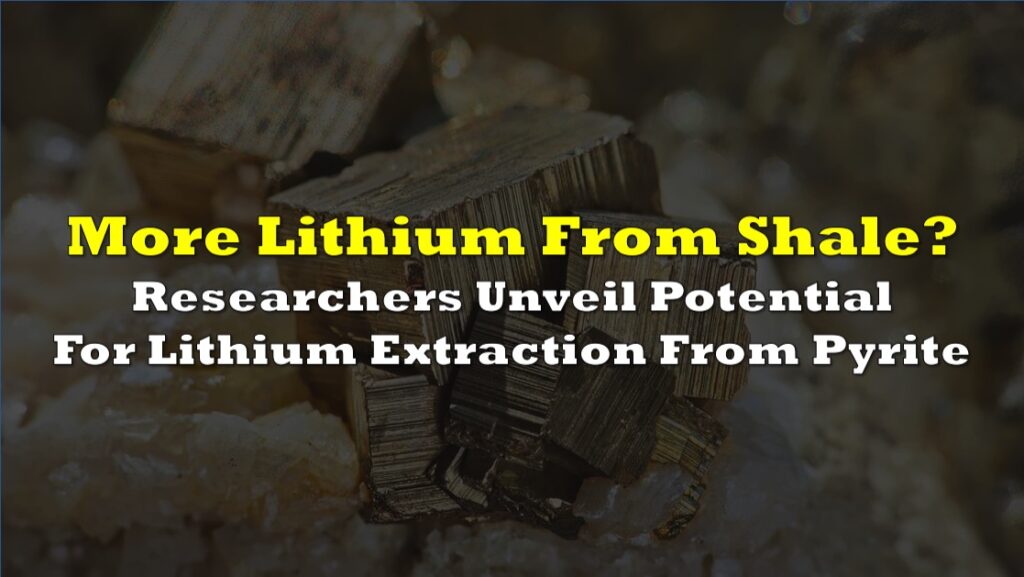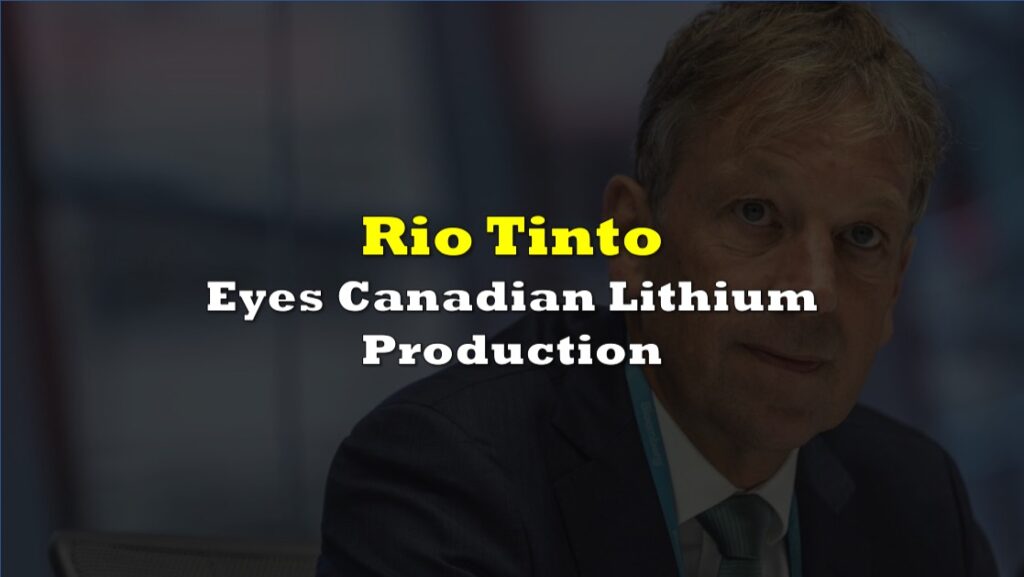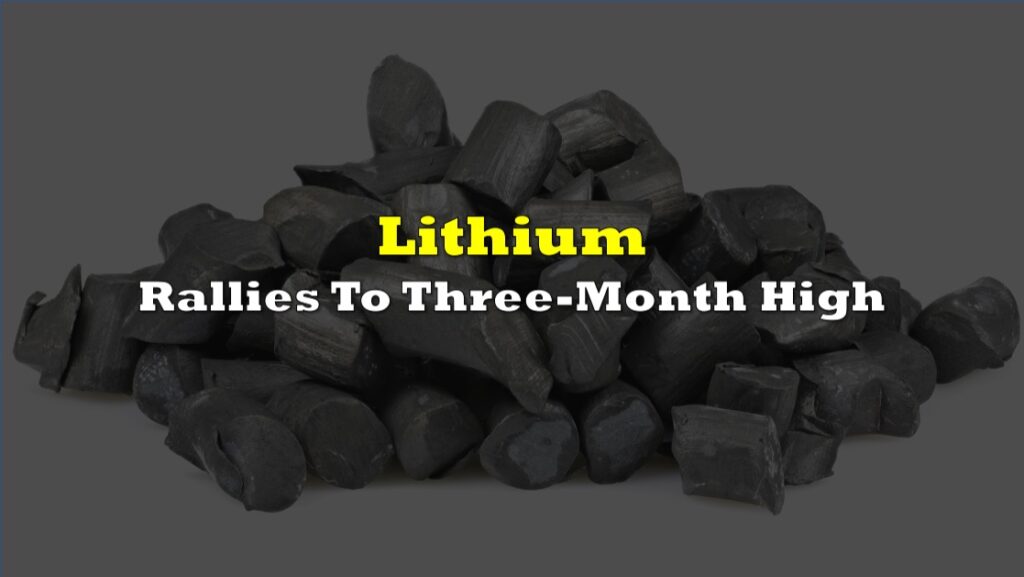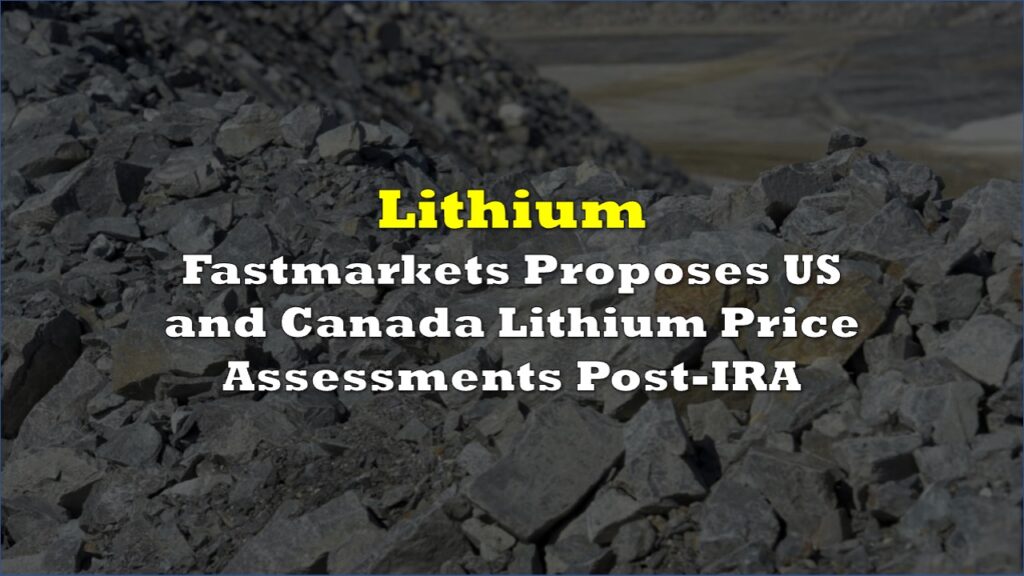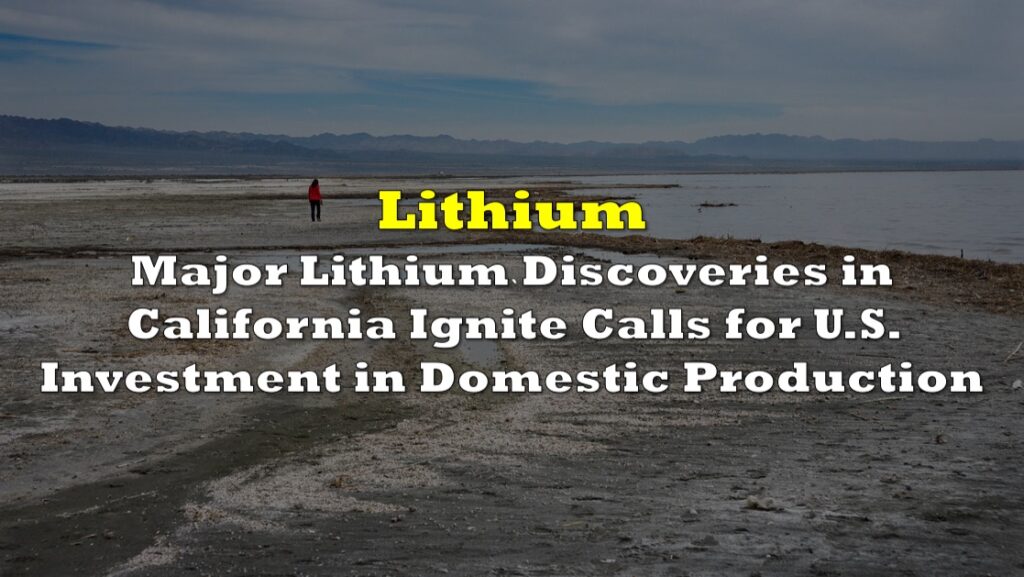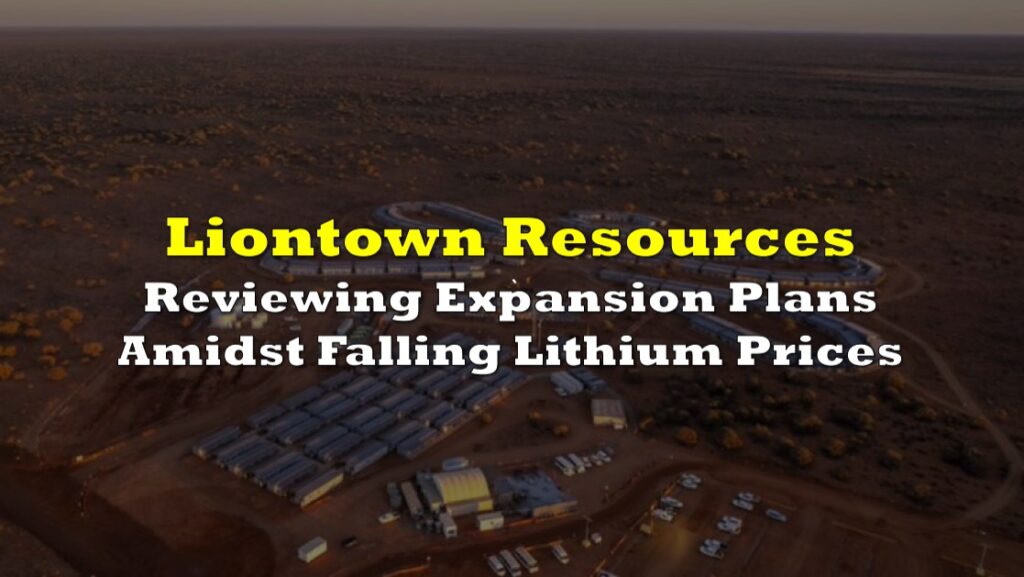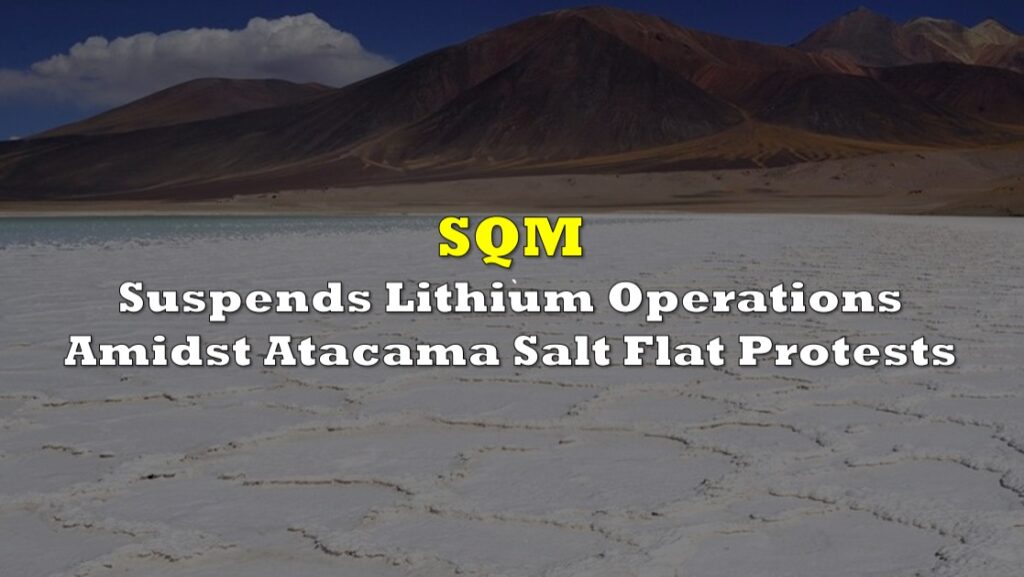Researchers at the University of Pittsburgh have uncovered a substantial lithium resource in Pennsylvania, suggesting the potential to meet up to 40% of the United States’ lithium needs from the wastewater of Marcellus Shale gas wells. This finding could significantly impact the US domestic supply of this critical mineral.
“This is lithium concentrations that already exist at the surface in some capacity in Pennsylvania, and we found that there was sufficient lithium in the waters to supply somewhere between 30 and 40 percent of the current U.S. national demand,” said Justin Mackey, a research scientist at the National Energy Technology Laboratory and PhD student at the University of Pittsburgh.
Mackey, along with his mentor Daniel Bain, an associate professor of Geology and Environmental Sciences at Pitt, conducted an extensive analysis of Pennsylvania Department of Environmental Protection compliance data. Their findings, published in the journal Scientific Reports, highlight a potential new source of lithium that could reduce the United States’ reliance on international suppliers.
“If you can extract value out of materials, and specifically lithium from this, then you reduce the cost of remediating and handling this waste,” Mackey explained. The lithium in question is found in wastewater already being managed, making this a potentially cost-effective solution.
While the study focused on Pennsylvania, the implications for neighboring states like Ohio and West Virginia could be substantial. “That number could be a lot larger, so there’s an economic boom for the region as well,” Mackey noted.
Lithium is crucial for the production of modern technology, including smartphones, laptops, and electric vehicles. Currently, most of the world’s lithium comes from countries like China and Chile. The U.S. Geological Survey lists lithium as a critical mineral, and the U.S. government aims for all lithium to be produced domestically by 2030.
Mackey highlighted the potential for Pennsylvania to play a key role in this goal. “We’ve actually found that the Marcellus produced water has as high lithium concentrations as both brine mining operations in Arkansas and in Chile,” he said.
The discovery opens up opportunities for innovative extraction technologies. “The attractive nature of this type of resource, it being water, is that you can start to apply some newer technologies like direct lithium extraction methods, where you’re just focusing on the lithium and keeping everything else in solution,” Mackey added.
While hydraulic fracturing, or fracking, remains a contentious issue, Mackey hopes this discovery could contribute positively to the debate. “I do hope that it sheds light on creative remediation and reuse of these fluids. There’s a lot of materials that are embodied in the water,” he said.
The research team is already expanding their scope, investigating lithium compositions in other geological formations and produced waters, and assessing the environmental impact of direct lithium extraction operations.
“We want a domestic source of lithium to decarbonize the American economy that is both safe, reliable, and environmentally friendly,” Mackey emphasized.
Lithium carbonate prices have been trading in a tight range around CNY 105,000 per tonne since May, following a sharp decline earlier this year. This stagnation comes amid an ongoing surplus of raw materials for electric vehicle battery manufacturers.
The EV industry continues to grapple with an oversupply of batteries throughout the supply chain. Despite this, Chinese lithium producers have been expanding capacity and seeking new reserves, increasing expectations of continued surpluses.

In response to market dynamics, Chile plans to double its lithium output over the next decade, reflecting optimism that the market will eventually balance out. These developments follow reductions in battery prices as EV producers capitalize on high inventories of input materials and finished products, bolstered by extensive subsidies from Beijing in 2022.
Additionally, sweeping tariffs from the U.S. and trade barriers from the EU have raised uncertainty over China’s ability to offset slowing EV demand with higher exports. Consequently, major industry players have projected ongoing surpluses of lithium in the global market extending until 2027, highlighting the enduring impact of current market dynamics on the lithium supply chain.
Information for this briefing was found via CBS News and the sources mentioned. The author has no securities or affiliations related to this organization. Not a recommendation to buy or sell. Always do additional research and consult a professional before purchasing a security. The author holds no licenses.

